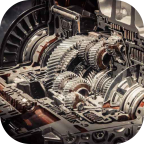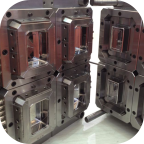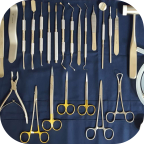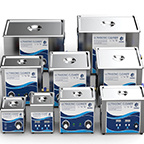Revolutionizing Ultrasonic Technology: The Manufacturing Process of Ultrasonic Transducer Arrays
Browse Volume:54 Classify:Support
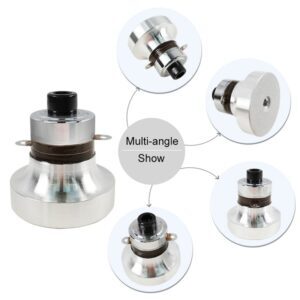
Ultrasonic transducer arrays have become indispensable in modern technology, powering applications ranging from medical imaging to industrial nondestructive testing. At the core of these devices lies the vibration plate, a critical component that determines the efficiency and precision of ultrasonic wave generation. The manufacturing process of these arrays is a blend of advanced engineering, material science, and precision fabrication techniques. This article explores the intricate steps involved in creating ultrasonic transducer arrays, with a focus on the vibration plate, and highlights the innovations driving this field forward.
The Role of Ultrasonic Transducer Arrays in Modern Applications
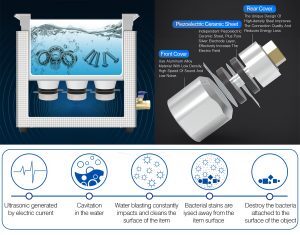
Ultrasonic transducer arrays are widely used in medical diagnostics, industrial inspection, and even consumer electronics. These arrays consist of multiple transducer elements that work together to generate and receive ultrasonic waves. The vibration plate, often made of piezoelectric materials, is the heart of each transducer element. It converts electrical energy into mechanical vibrations, producing the ultrasonic waves that are essential for imaging and sensing applications.
The demand for higher resolution, greater sensitivity, and miniaturization has pushed the boundaries of transducer array manufacturing. Innovations in materials, fabrication techniques, and design have enabled the production of arrays that are more efficient and reliable than ever before.
Materials and Design Considerations for Vibration Plates
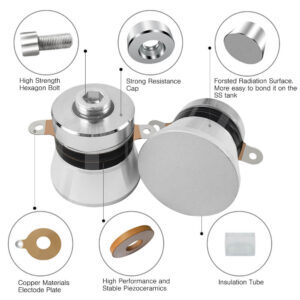
The choice of materials for the vibration plate is crucial to the performance of ultrasonic transducer arrays. Piezoelectric materials, such as lead zirconate titanate (PZT), are commonly used due to their excellent electromechanical coupling properties. These materials can efficiently convert electrical signals into mechanical vibrations and vice versa.
In addition to piezoelectric materials, advancements in capacitive micromachined ultrasonic transducers (CMUTs) have introduced new possibilities. CMUTs use silicon-based membranes and offer advantages such as wider bandwidth and compatibility with integrated circuits. These features make them ideal for applications requiring high precision and miniaturization.
Design considerations for vibration plates include thickness, resonance frequency, and acoustic impedance matching. The thickness of the plate determines the resonance frequency, which must align with the intended application. Acoustic impedance matching layers are often added to improve the transmission of ultrasonic waves into the target medium, such as human tissue or industrial materials.
Fabrication Techniques for Ultrasonic Transducer Arrays
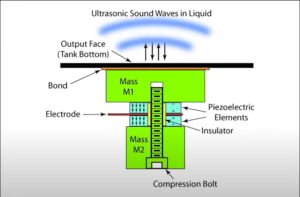
The fabrication of ultrasonic transducer arrays involves several precise steps, each contributing to the final performance of the device. One common technique is the dicing and filling method, where a block of piezoelectric material is cut into individual elements and then filled with an epoxy or polymer to isolate them mechanically. This method ensures high repeatability of electromechanical parameters but requires significant precision.
Another approach is the use of MEMS (micro-electromechanical systems) technology, which allows for the mass production of CMUTs. This process involves bonding a MEMS wafer containing the transducer elements to a CMOS wafer with integrated signal processing circuitry. The result is a compact, highly integrated device suitable for applications like medical imaging and fingerprint sensing.
For array-type transducers, the arrangement of elements is critical. Linear, annular, and matrix arrays each have unique advantages. For example, annular arrays are known for their symmetrical acoustic fields, making them ideal for applications requiring uniform beam penetration.
Challenges in Manufacturing and Quality Control
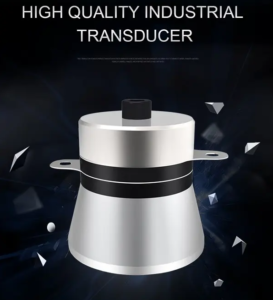
Despite the advancements in fabrication techniques, manufacturing ultrasonic transducer arrays presents several challenges. Mechanical crosstalk, where vibrations from one element affect neighboring elements, can degrade the performance of the array. This issue is particularly pronounced in densely packed arrays and can be mitigated through careful design and the use of isolating materials.
Another challenge is ensuring consistent performance across all elements of the array. Variations in material properties or fabrication defects can lead to uneven acoustic fields and reduced imaging quality. Advanced simulation tools, such as finite element analysis (FEA), are often used to model and optimize the design before fabrication.
Quality control is a critical aspect of the manufacturing process. Techniques such as acoustic field mapping and impedance testing are used to verify the performance of each transducer element. These tests ensure that the array meets the required specifications for sensitivity, frequency response, and beam uniformity.
Innovations and Future Trends in Ultrasonic Transducer Array Manufacturing
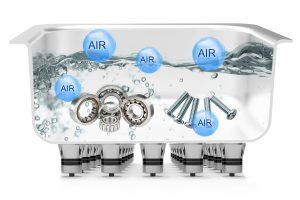
The field of ultrasonic transducer array manufacturing is continuously evolving, driven by the demand for higher performance and new applications. One promising trend is the integration of artificial intelligence (AI) into the design and testing process. AI algorithms can optimize array designs for specific applications, reducing development time and improving performance.
Another area of innovation is the development of flexible transducer arrays. These arrays can conform to curved surfaces, making them ideal for applications like intravascular imaging and wearable medical devices. Flexible arrays are typically fabricated using thin-film piezoelectric materials or CMUTs, which can be deposited on flexible substrates.
The use of additive manufacturing (3D printing) is also gaining traction. This technique allows for the creation of complex geometries that are difficult to achieve with traditional methods. For example, 3D-printed matching layers can improve the acoustic performance of transducer arrays by precisely controlling their thickness and material properties.
As the demand for ultrasonic technology continues to grow, the manufacturing process of transducer arrays will play a pivotal role in shaping its future. By addressing current challenges and embracing new innovations, manufacturers can produce arrays that are more efficient, reliable, and versatile than ever before.
References
1. Truong, A. D., et al. (2022). *Design and Construction for Computational Models of Ultrasonic Transducers*. SpringerLink.
2. Shenzhen Institutes of Advanced Technology. (2020). *Array-Type Ultrasonic Transducer and Manufacturing Method Therefor*. Baidu Scholar.
3. Beihang University. (2019). *Application of Ultrasonic Array Method for the Inspection of TC18 Additive Manufacturing Titanium Alloy*. MDPI.
4. Zhang, R., et al. (2019). *Performance Simulation and Testing of Capacitive Micro-Machined Ultrasonic Transducer*. Semantic Scholar.
5. Celmer, M., et al. (2018). *Structural Model of Standard Ultrasonic Transducer Array Developed for FEM Analysis of Mechanical Crosstalk*. ScienceDirect.
6. Horsley, D. A., et al. (2015). *Ultrasonic Fingerprint Sensor May Take Smartphone Security to New Level*. AIP Publishing.
 GranboUltrasonic
GranboUltrasonic

